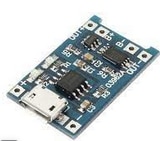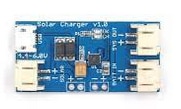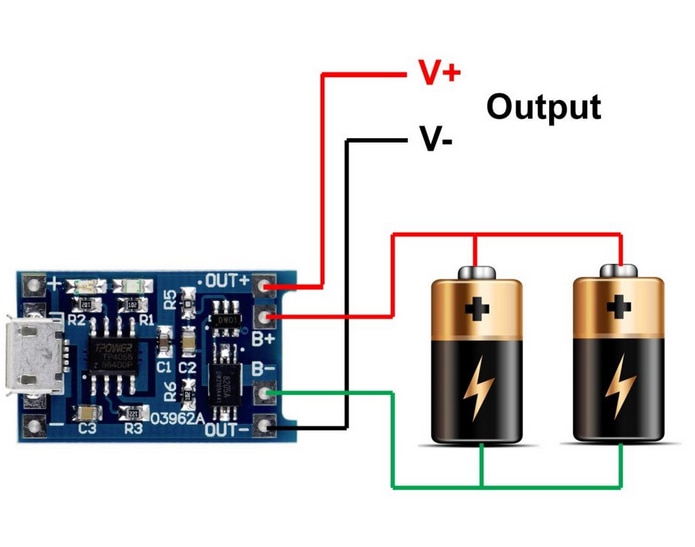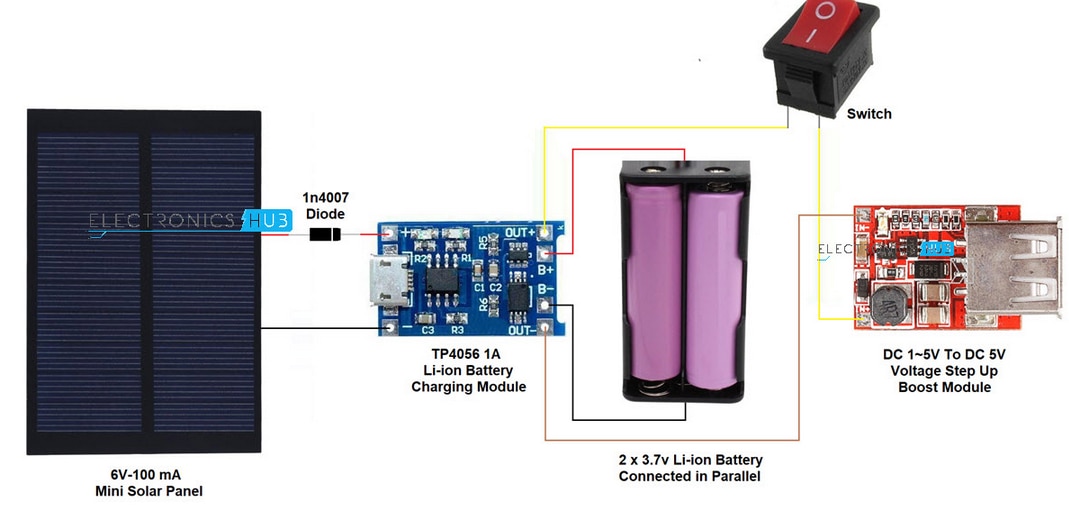Hi all !
Again, I'm here with a question regarding the sun.
For a remote project, using a ESP32-CAM, I need it to be powered by batteries and solar panels.
This will be using a ESP32-CAM, a TOF sensor and a LDR sensor.
I have these two solar panels that I will wire in parallel to get 5v and a few more milliamps. I know they are 5v, but the amperage is low, so that's why I'm wiring them in parallel. Don't ask me about the wattage, because I don't know that.
I need them to charge two 18650 batteries and I've seen a few options on the internet.
I would like to use items that I already have, like:
TP4056

Solar charger v1.0

I have others, but are to big for this project.
The solutions I've seen include - one TP4056 to charge two 18650 batteries in parallel :

Although this solution seems sketchy at best - I know that the TP4056 is just to charge 1 battery and not 2.
I've seen using two TP4056, each one connected to one battery, but the output is then connected in parallel to a step-up for the 5v - the input both come from the solar panels.
Or this one:

This one seems to be the best and more complete that I've found
What's the best way (and safest way) to accomplish this ? I'm assuming I need two 18650 batteries to power everything.
The circuit will be using 5v, so a step-up is necessary before connecting to the ESP32-CAM.
Thank you in advance.
